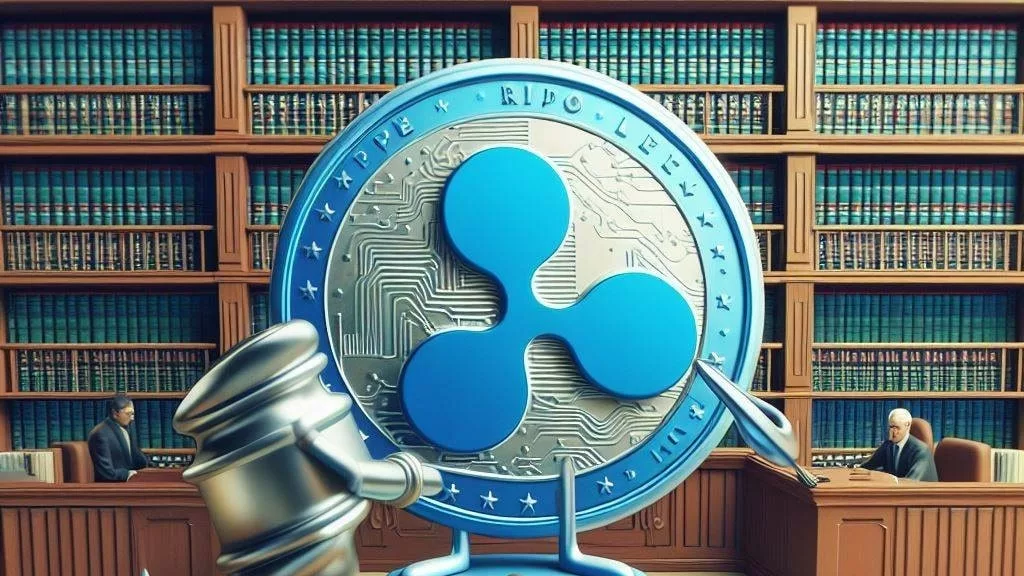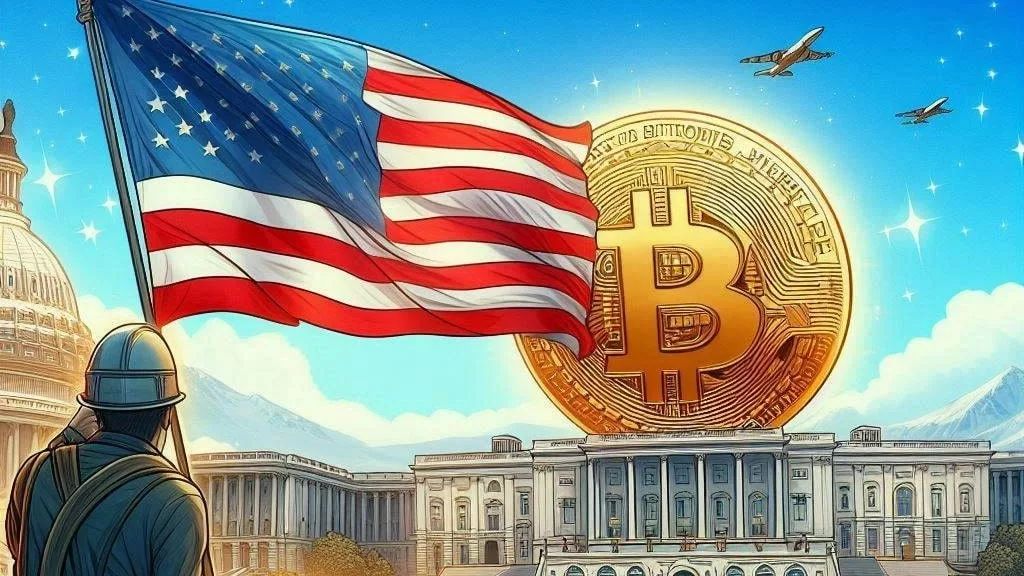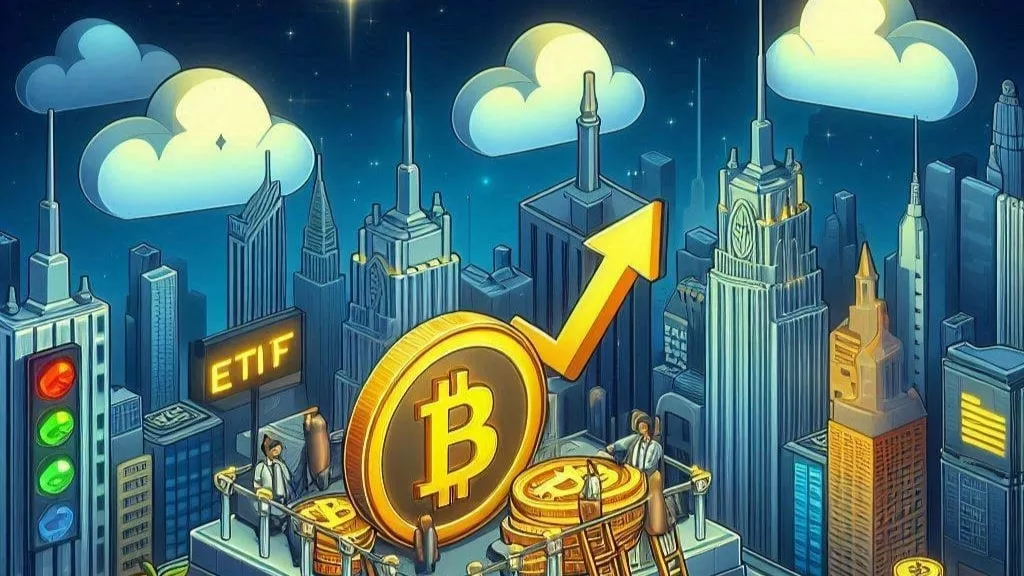
The on going legal tussle between Ripple and the US Securities and Exchange Commission (SEC), a new development has emerged that could potentially reshape the narrative surrounding Ripple’s compliance with securities laws. Renowned crypto lawyer Bill Morgan has turned the spotlight on Ripple’s On-Demand Liquidity (ODL) agreement, questioning assertions that it satisfies the Howey Test criteria. As the crypto community grapples with the implications of Morgan’s analysis, the stage is set for a deeper dive into the complexities of Ripple’s legal quandary and its broader ramifications for the cryptocurrency industry.
Unpacking the Howey Test Challenge: At the heart of the matter lies Morgan’s critical examination of Ripple’s ODL agreement and its alignment with the Howey Test—a pivotal legal standard used to determine whether a transaction constitutes an investment contract and thus falls under securities regulations. Morgan’s skepticism centers on the purported basis for an expectation of profit arising from the ODL agreement, challenging the narrative put forth by Ripple and its proponents.
Insights from Morgan’s Review: Delving into the intricacies of the 2020 ODL contract between Ripple and an Australian ODL customer, Morgan unveils key findings that cast doubt on Ripple’s compliance claims. Contrary to assertions of investment-like characteristics, Morgan notes that the contract primarily entails the transfer of XRP into the purchaser’s designated account, held on bailment, without constituting a transfer of title or sale of XRP. He introduces the concept of “Committed XRP” to describe this phase of the transaction, highlighting its distinct nature from traditional investment instruments.
Transitioning into Sale and Market Dynamics: One of the pivotal points of Morgan’s analysis revolves around the transformation of the transaction into a sale when the ODL customer withdraws XRP from the bailment account. However, Morgan contends that this conversion lacks the requisite elements for an expectation of profit as mandated by the Howey Test. Instead, he underscores the transactional dynamics driven by market forces and automated processes, devoid of speculative intent or profit-seeking behavior on the part of the purchaser.
Navigating Usage Restrictions and Enforcement Mechanisms: Another key aspect of Morgan’s scrutiny pertains to the contractual constraints imposed on ODL customers, which limit the purchase of Committed XRP for investment purposes or with an expectation of profit. Instead, customers are restricted to utilizing Committed XRP solely for ODL transactions on approved exchanges or through designated parties. Morgan highlights the enforceability of these terms, noting Ripple’s authority to terminate agreements and reclaim unpurchased XRP in the event of breaches.
Implications for Ripple’s Legal Defense Strategy: Morgan’s analysis poses significant challenges to Ripple’s legal defense strategy, particularly in light of ongoing regulatory scrutiny and market uncertainties. The absence of an expectation of profit, coupled with stringent usage restrictions, undermines the classification of XRP transactions as investment contracts subject to securities regulations. As Ripple navigates the intricate legal landscape, these revelations necessitate a reassessment of its compliance posture and strategic response to regulatory challenges.
Broader Market Impact and Regulatory Discourse: Beyond Ripple’s individual legal predicament, Morgan’s scrutiny reverberates throughout the broader cryptocurrency industry, shaping regulatory discourse and market sentiments. The implications of Ripple’s legal quandary extend beyond its immediate stakeholders, influencing perceptions of regulatory compliance and legal accountability across the crypto ecosystem. As regulators grapple with the evolving nature of digital assets, Morgan’s analysis serves as a catalyst for introspection and dialogue on the intersection of innovation and regulation in the crypto space.
Conclusion: As Bill Morgan’s analysis casts doubt on Ripple’s compliance with the Howey Test, the cryptocurrency industry finds itself at a critical juncture of regulatory scrutiny and legal interpretation. The unveiling of Ripple’s legal quandary underscores the complexities of navigating securities regulations in the digital asset landscape, prompting stakeholders to reevaluate compliance frameworks and risk mitigation strategies. As Ripple and the broader crypto community await further developments, the implications of Morgan’s analysis resonate far beyond the confines of the courtroom, shaping the future trajectory of regulatory oversight and market dynamics in the digital era.


Get the latest Crypto & Blockchain News in your inbox.